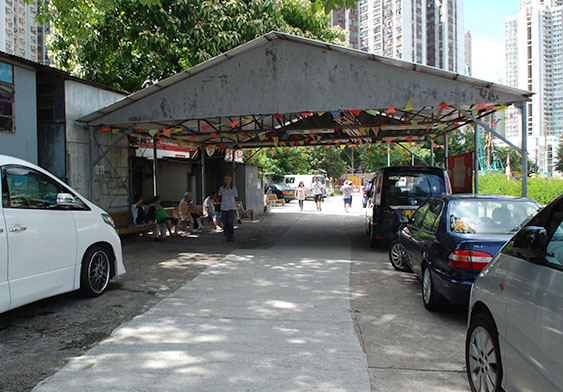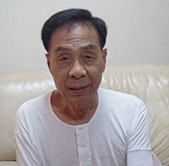
The village’s Wind and Rain Pavilion
The village’s Wind and Rain Pavilion was built in the mid-1980s and provided a rest place for Nga Tsin Wai villagers and nearby neighbourhoods.-Photo taken by HKMP Team (2012)
The village’s Wind and Rain Pavilion
The village’s Wind and Rain Pavilion was built in the mid-1980s and provided a rest place for Nga Tsin Wai villagers and nearby neighbourhoods.-Photo taken by HKMP Team (2012)
Helped in village affairs and preserved its autonomy
When asked to summarise his experience of organising village affairs, Wang Cheung disapproved of inviting Government departments to assist in village affairs. His aim was to ensure the village stayed free of Government control. When Tin Hau Temple was rebuilt (Editor’s note: in 1985), someone proposed joining the Chinese Temples Committee. But Wan Cheung disagreed, pointing out that as non-members, they could not be ordered to submit any audit reports and thus enjoyed a more flexible finance. When the Government installed benches in the Wind and Rain Pavilion, Wan Cheung recommended that the bench feet were not to be made of concrete so as to avoid the area’s falling into the hands of the Urban Council. One year, the ancestral hall’s tile roof was covered by tree branches and villagers were keen to seek help from the Government’s Housing or Lands departments. Wan Cheung sighed that to go down such a route would be unwise as the consequences of the ancestral hall eventually coming under Government control had not been taken into consideration. Some villagers also suggested asking the Government to send workers into the village for cleaning. Wan Cheung pointed out that as the villagers did not pay rates, they were not entitled to make such a request.


 BACK
BACK  CLOSE
CLOSE 